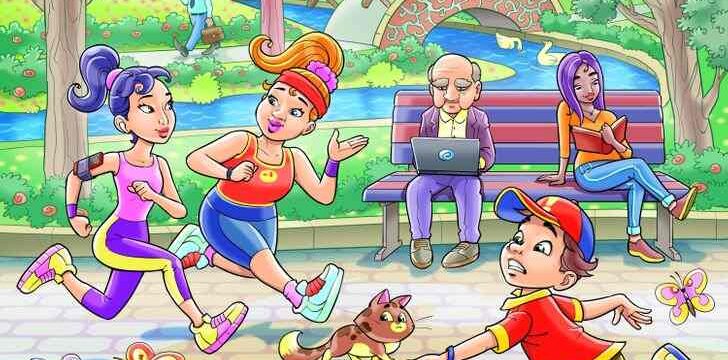
Riddles often challenge our logic and reasoning, but occasionally, they test something even more fundamental: our assumptions. Consider this intriguing puzzle:
The Riddle:
A buffalo weighs 800 kilograms. Ahead lies a bridge that weighs 700 kilograms. How can the buffalo cross the bridge without causing it to collapse?
At first glance, many might assume the bridge’s weight indicates its maximum load capacity, leading to the conclusion that the buffalo is too heavy to cross. However, this interpretation stems from an unspoken assumption.
Common Misinterpretations:
-
Speed Matters: Some suggest the buffalo could run across quickly. Yet, speed doesn’t alter the buffalo’s weight.
-
Support Mechanisms: Others propose using planks or supports to distribute the weight. However, the riddle doesn’t mention any additional tools.
-
Alternative Routes: A few think the buffalo might swim across, but the riddle specifies a bridge, implying it’s the intended path.
-
Weight Reduction: Some even consider the grim idea of reducing the buffalo’s weight, which is both impractical and outside the riddle’s scope.
The Realization:
The riddle states the bridge weighs 700 kilograms, not that it can support only 700 kilograms. This subtle distinction is crucial.
By assuming the bridge’s weight equates to its load capacity, we introduce a constraint not present in the original problem.
The Solution:
Given that the bridge’s weight is 700 kilograms and there’s no mention of its load-bearing capacity, there’s no reason to believe the buffalo can’t cross. The buffalo simply walks across the bridge.
The Takeaway:
This riddle highlights how easily our minds can introduce assumptions, leading us astray. It’s a reminder to approach problems with a clear mind, focusing solely on the information provided.
In problem-solving, especially in fields like engineering, law, or medicine, making unfounded assumptions can have significant consequences.
By training ourselves to recognize and question our assumptions, we enhance our critical thinking skills and improve our decision-making processes.
So, the next time you encounter a perplexing problem, pause and ask yourself: “Am I making any assumptions not supported by the information at hand?” The answer might just bridge the gap to the solution.





